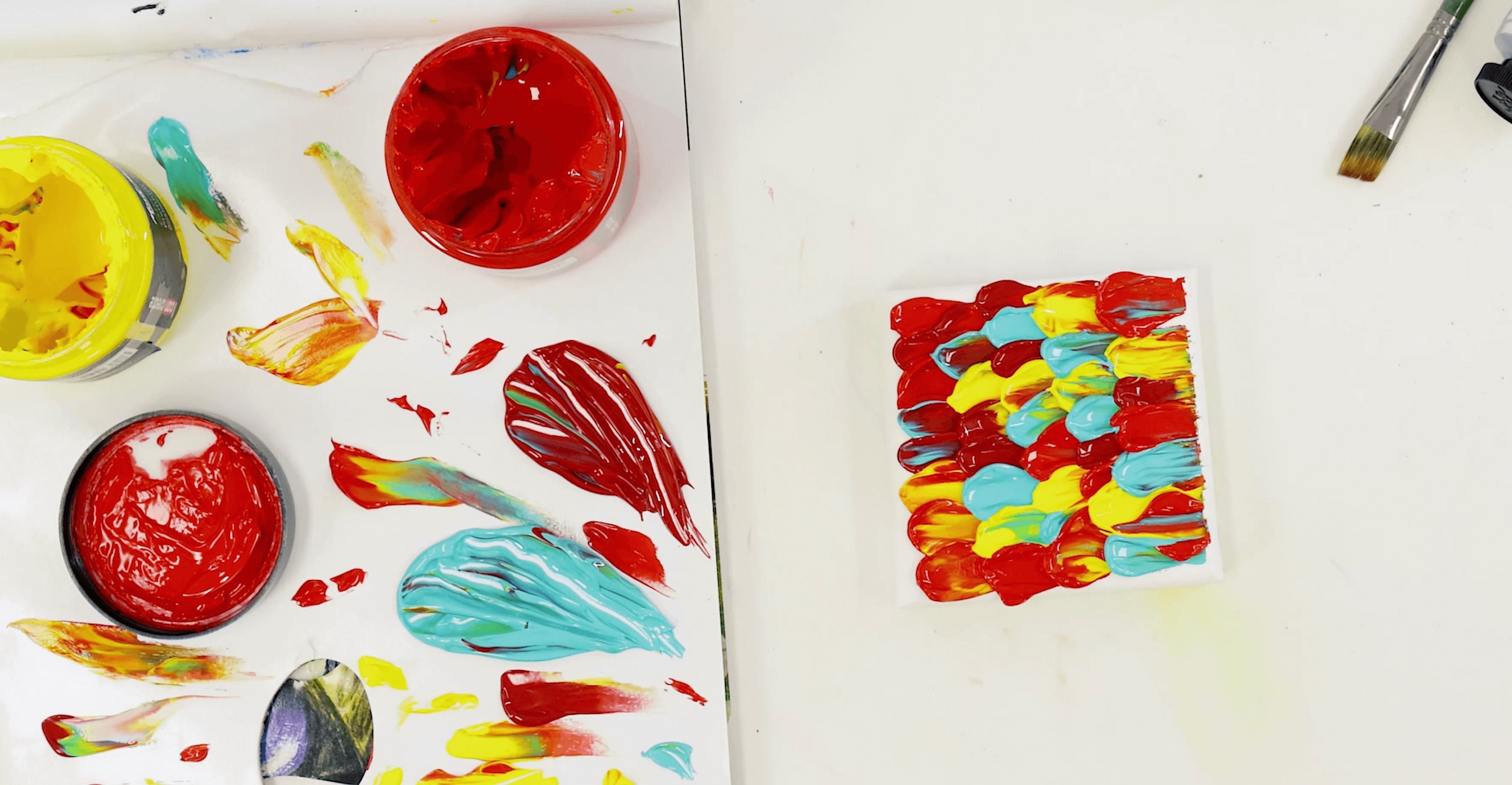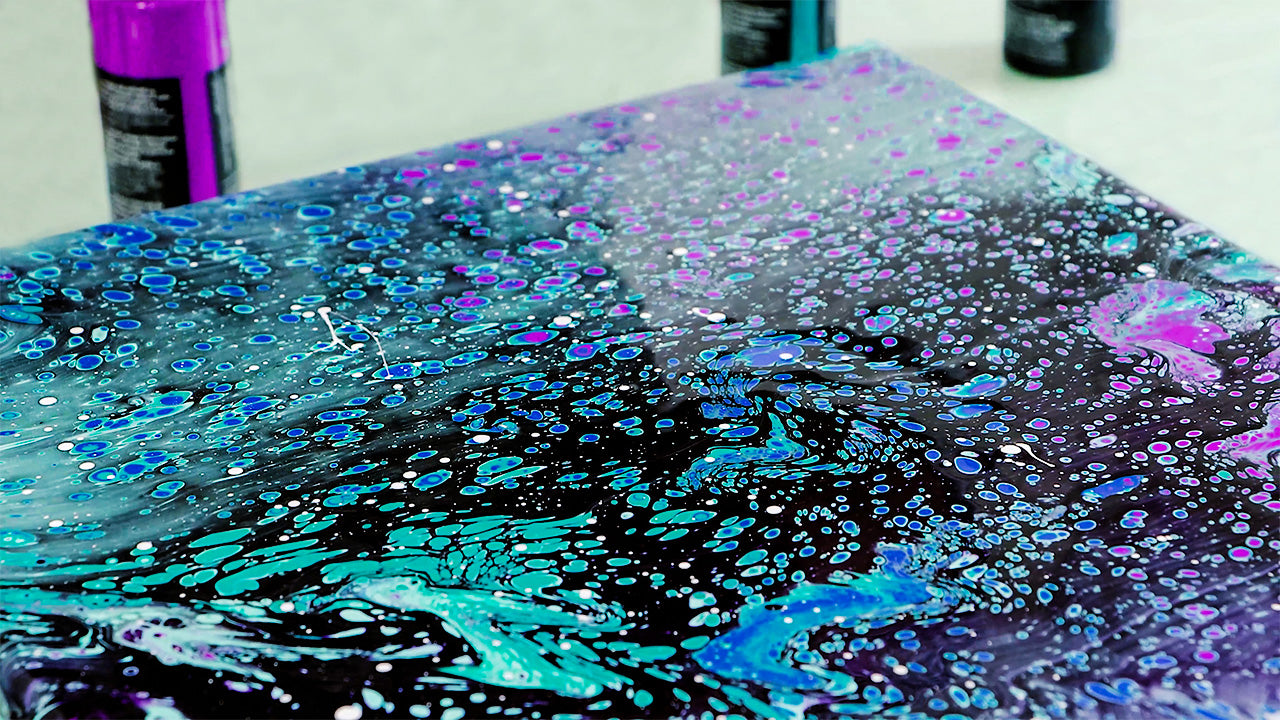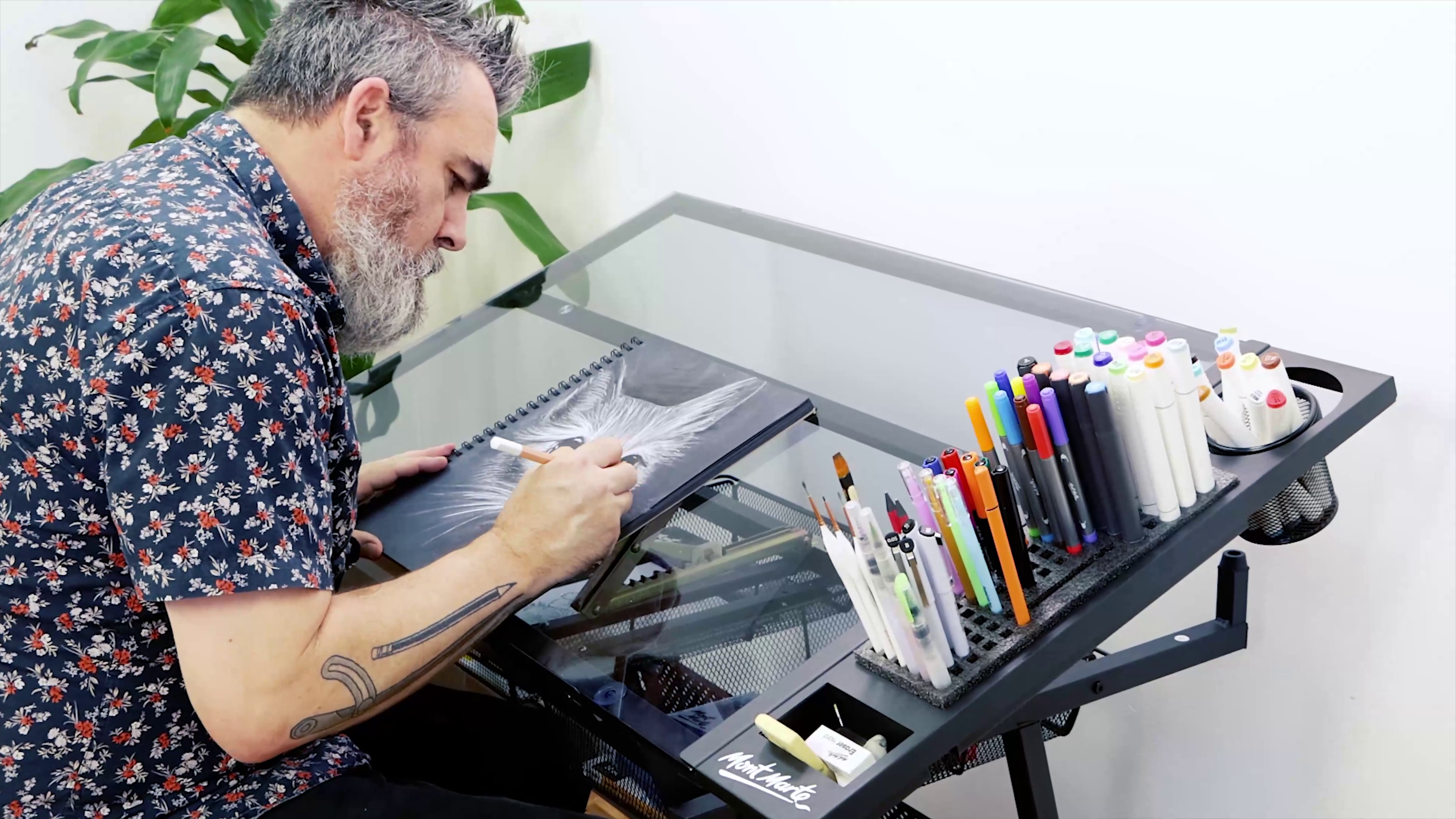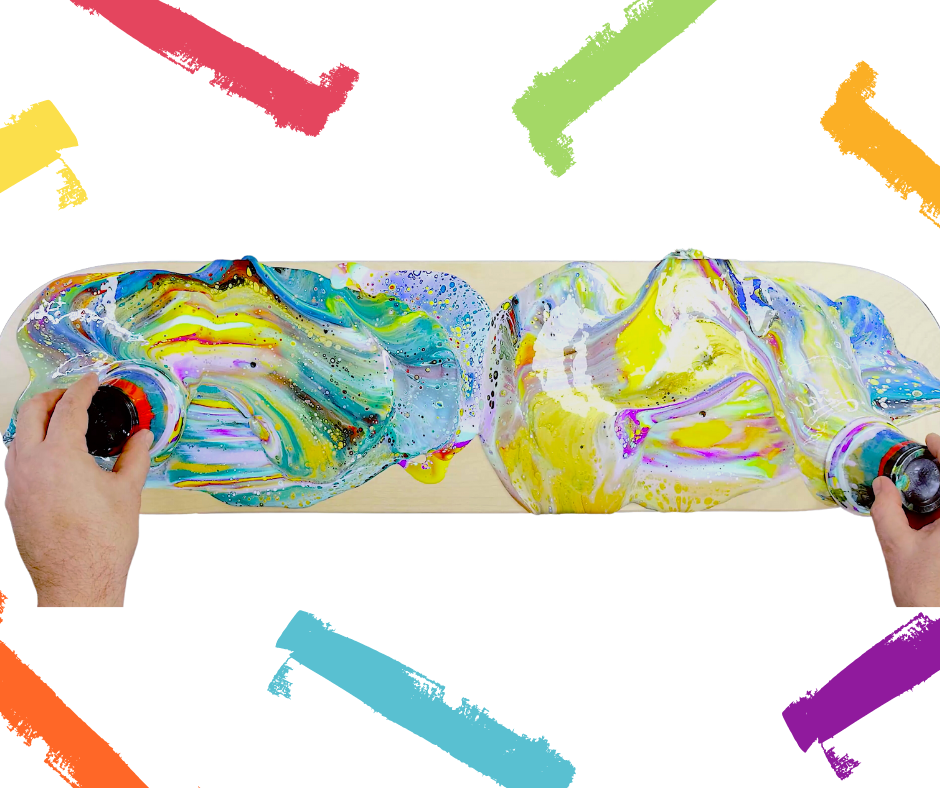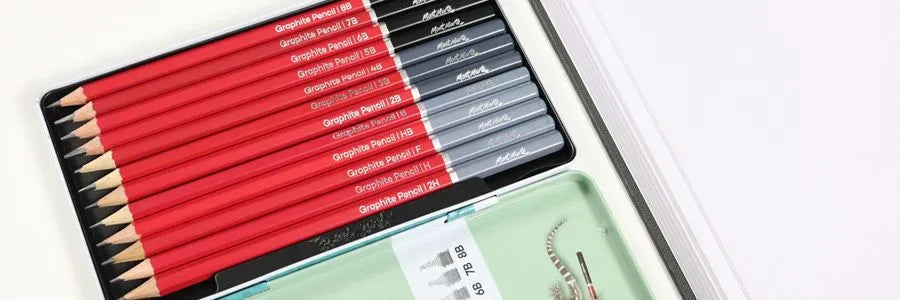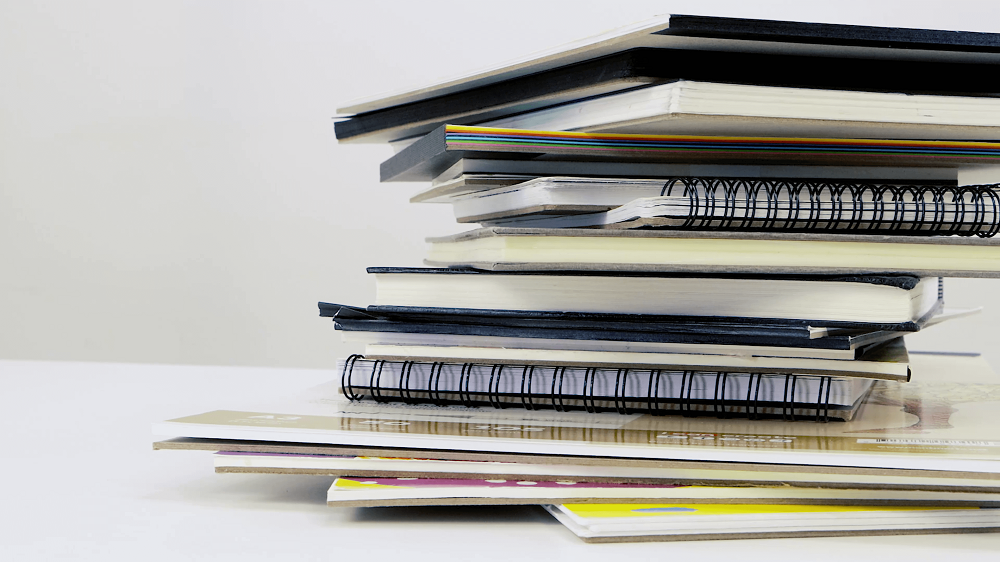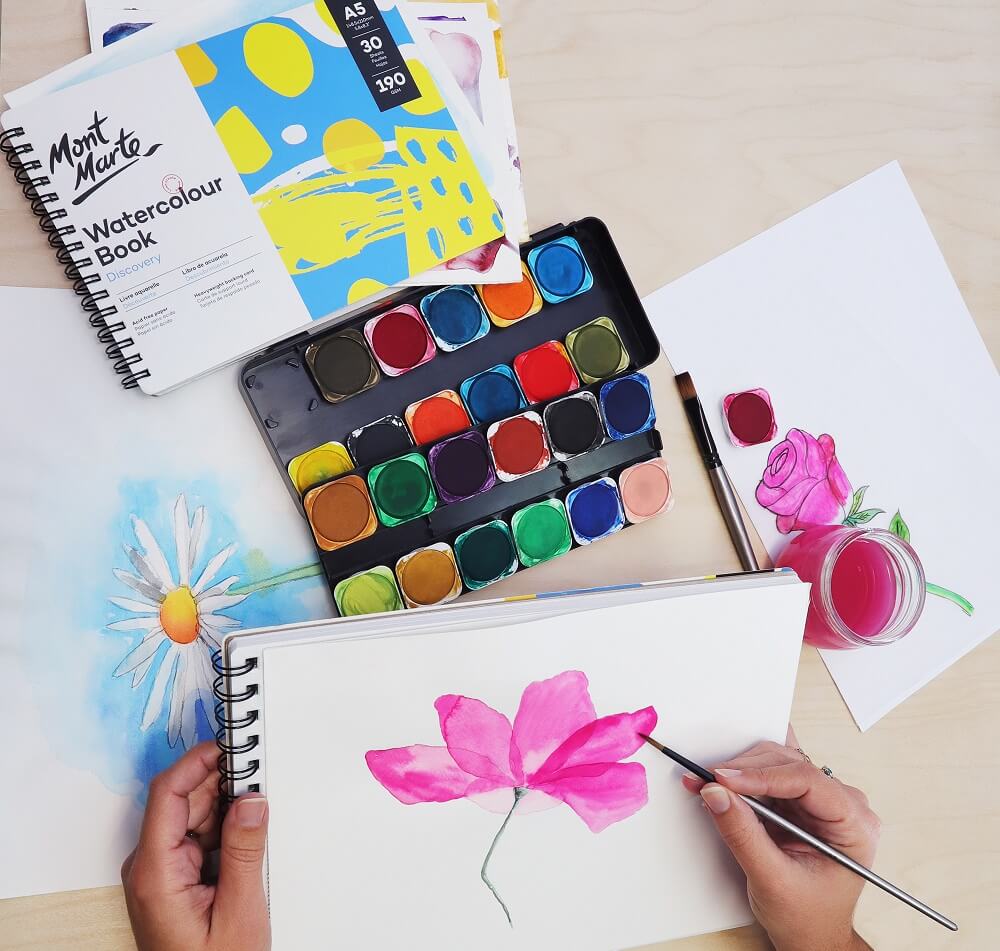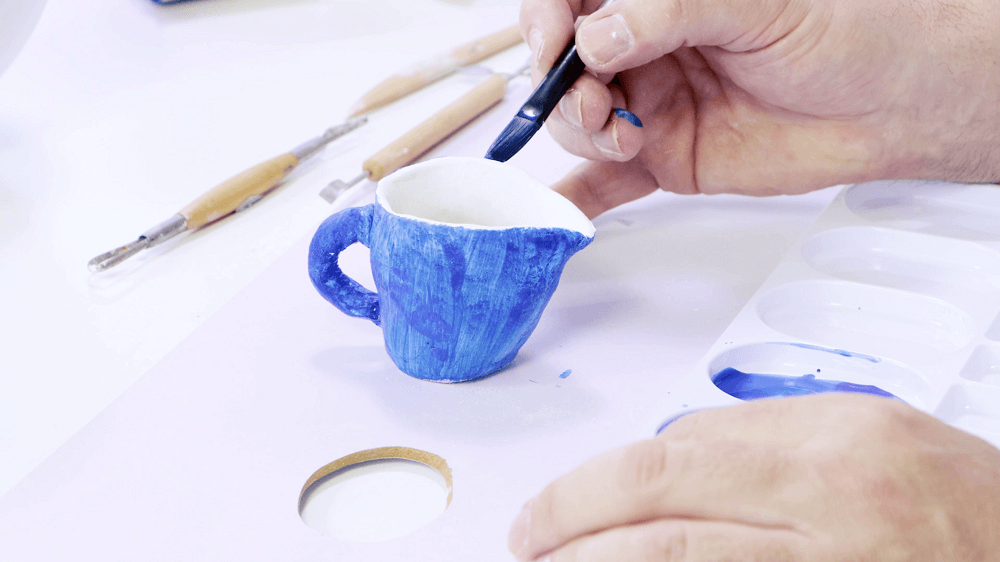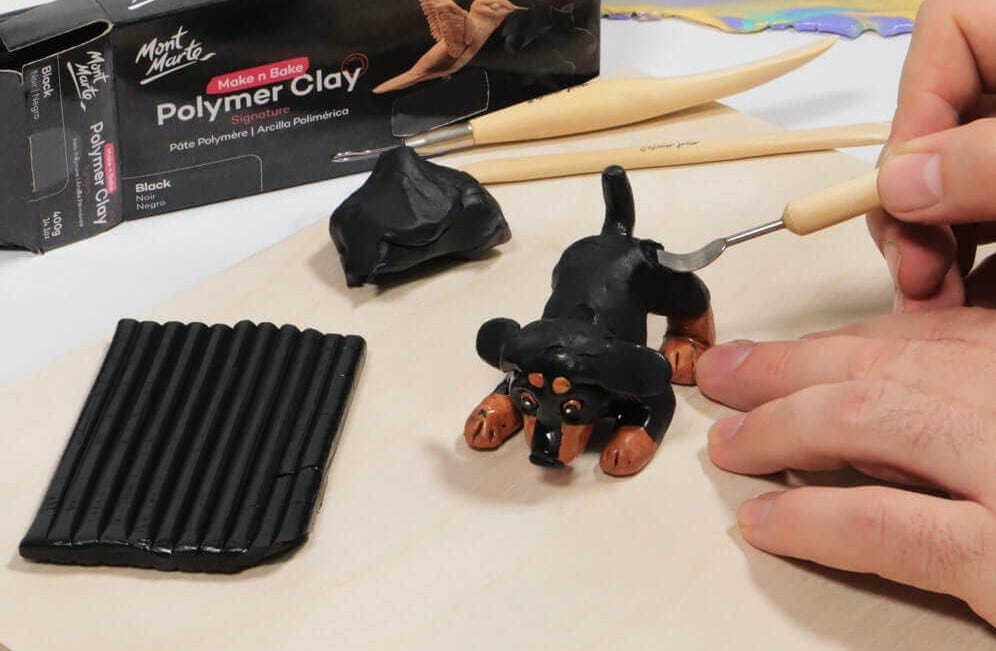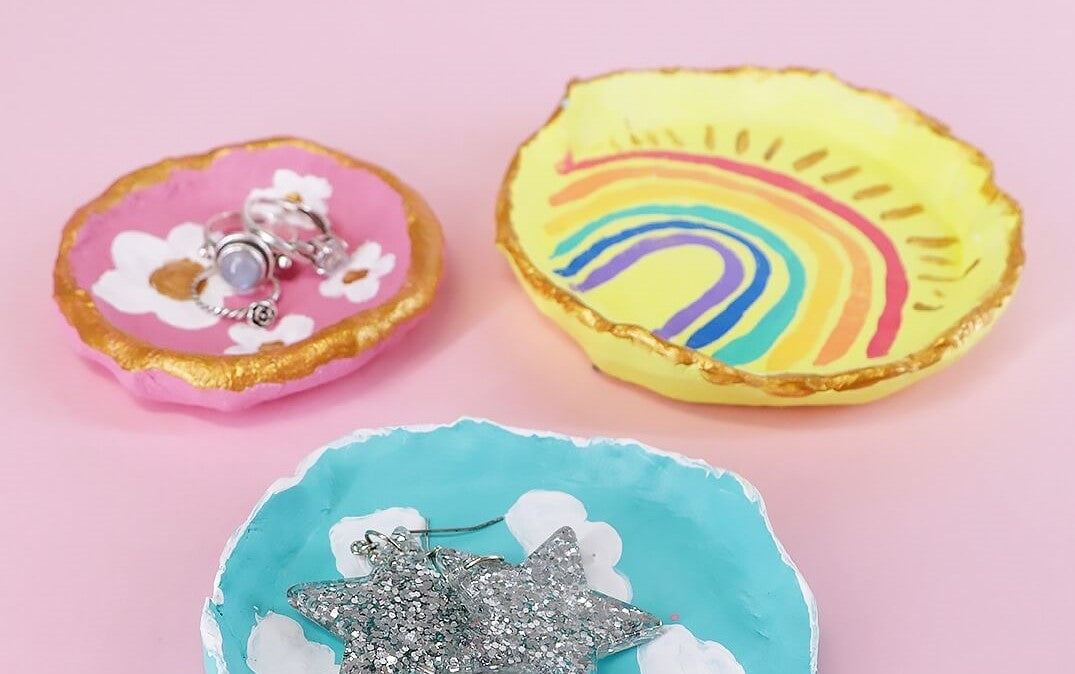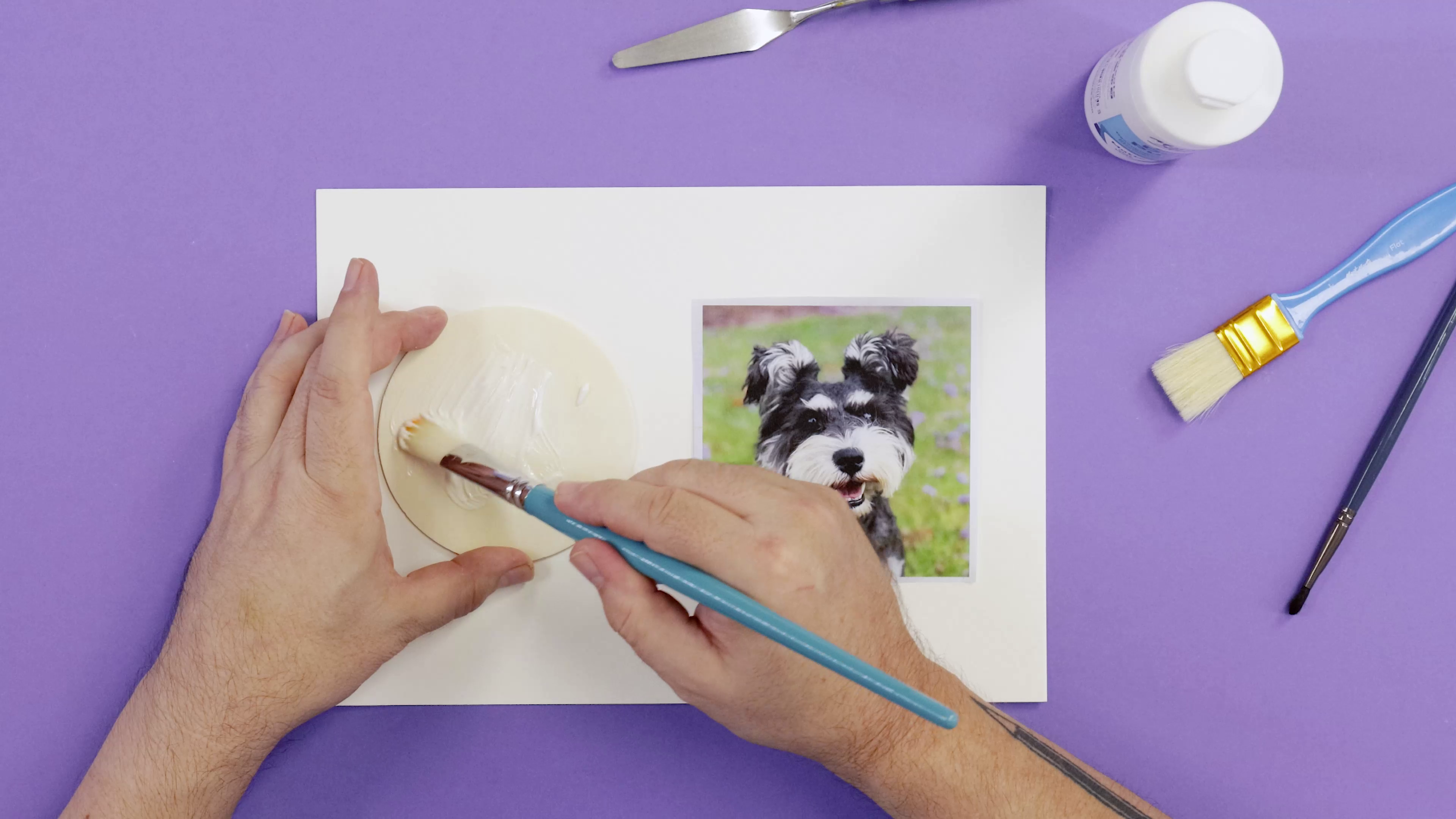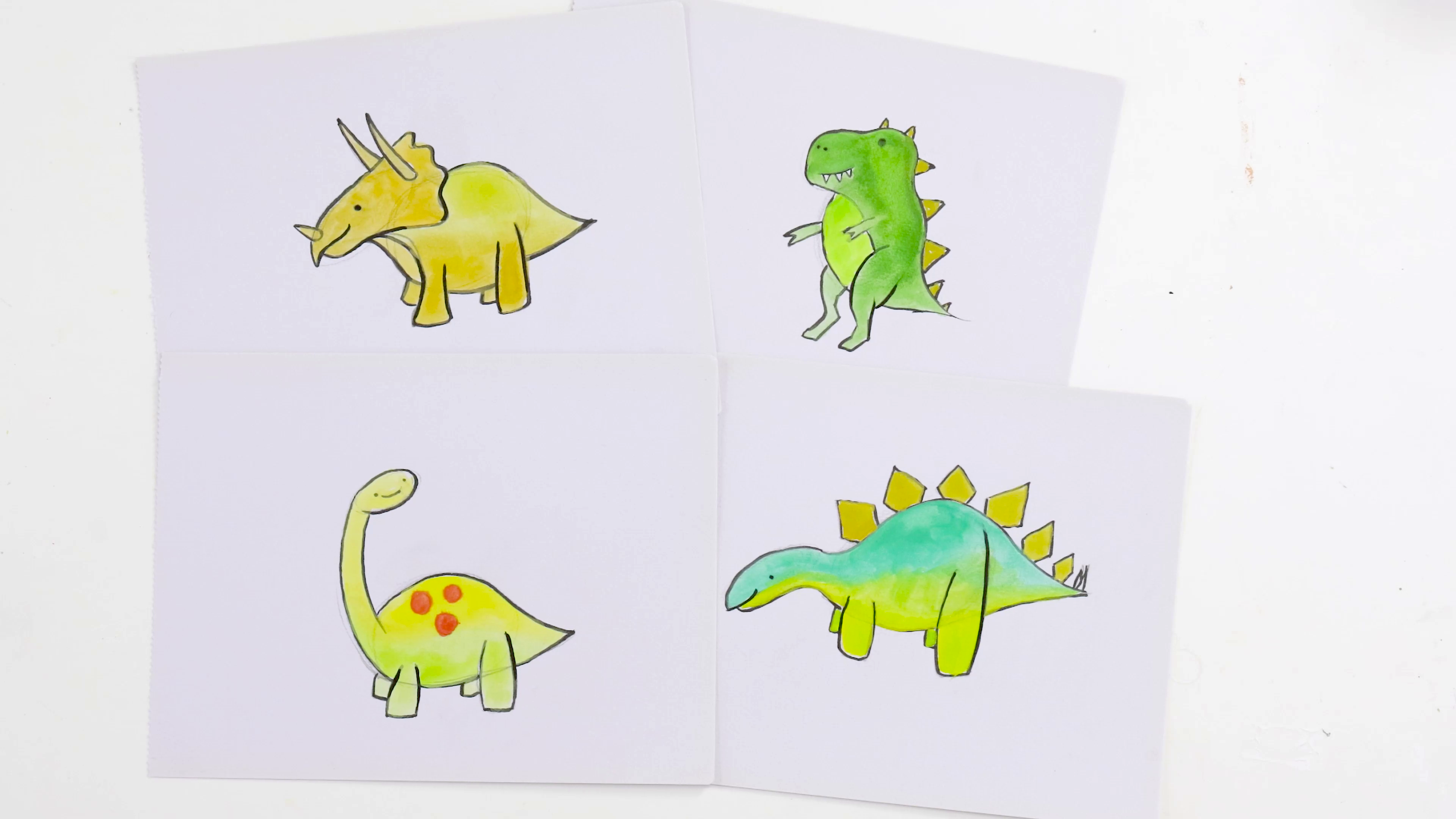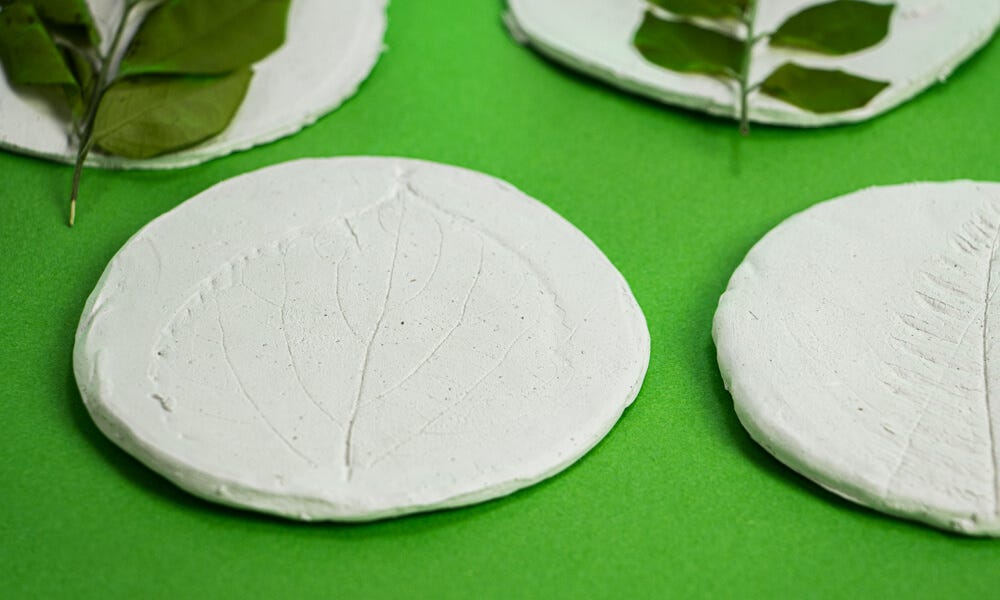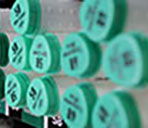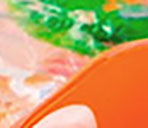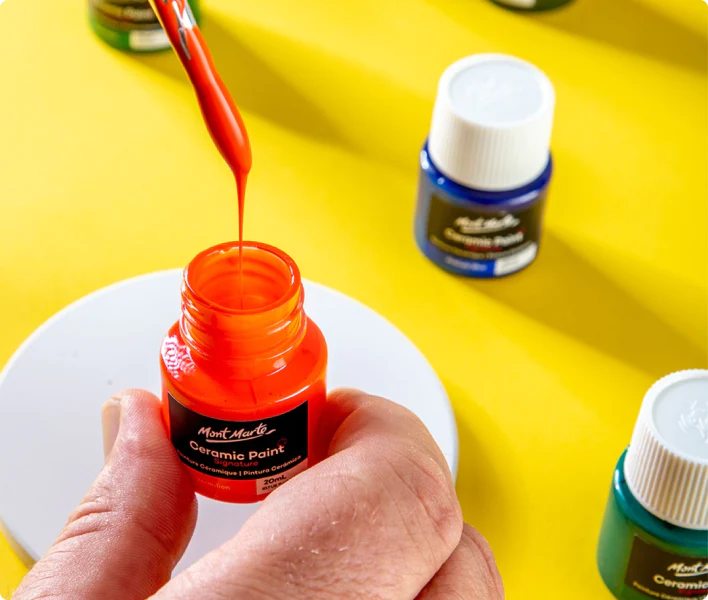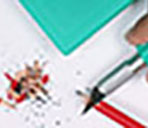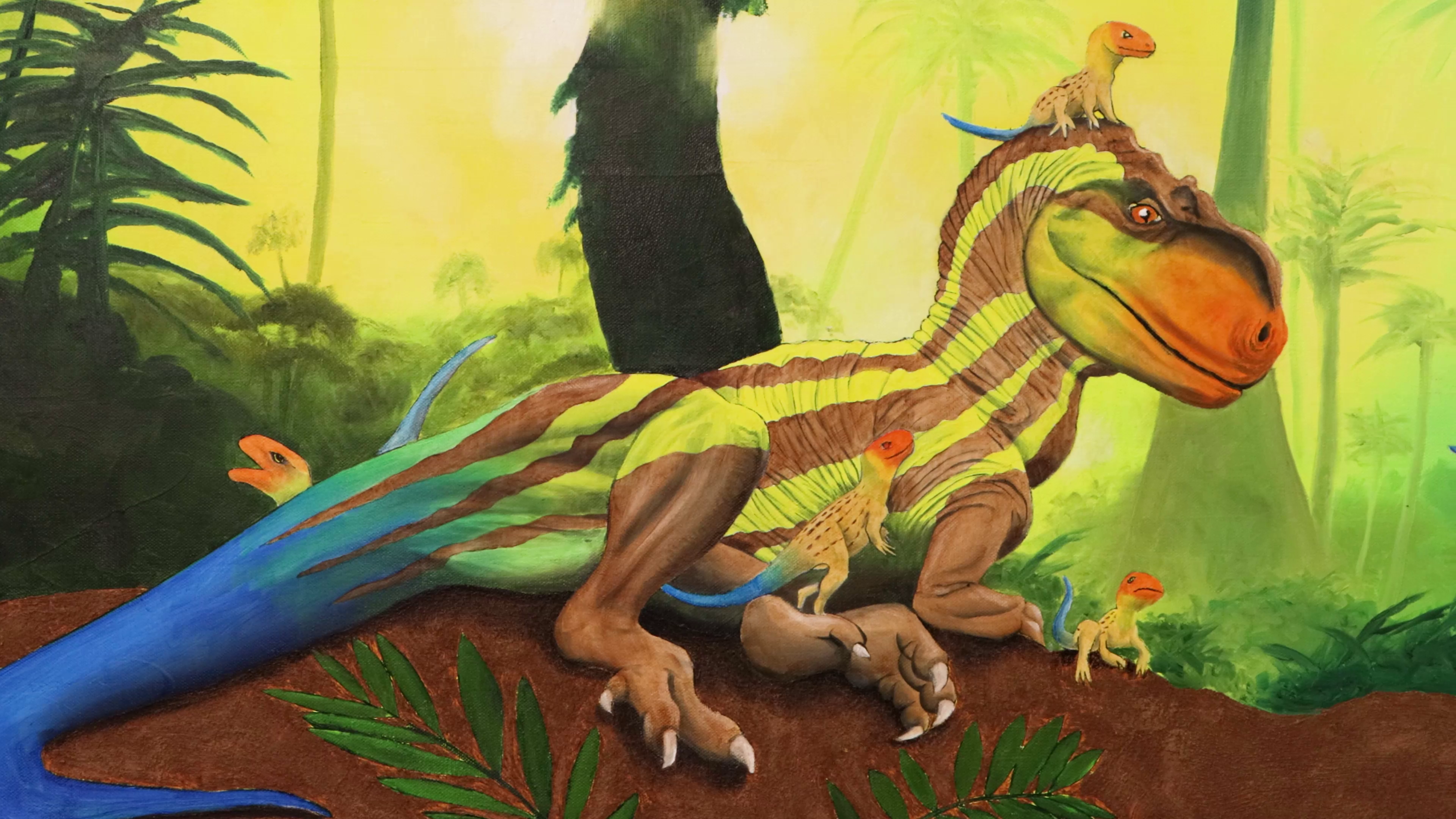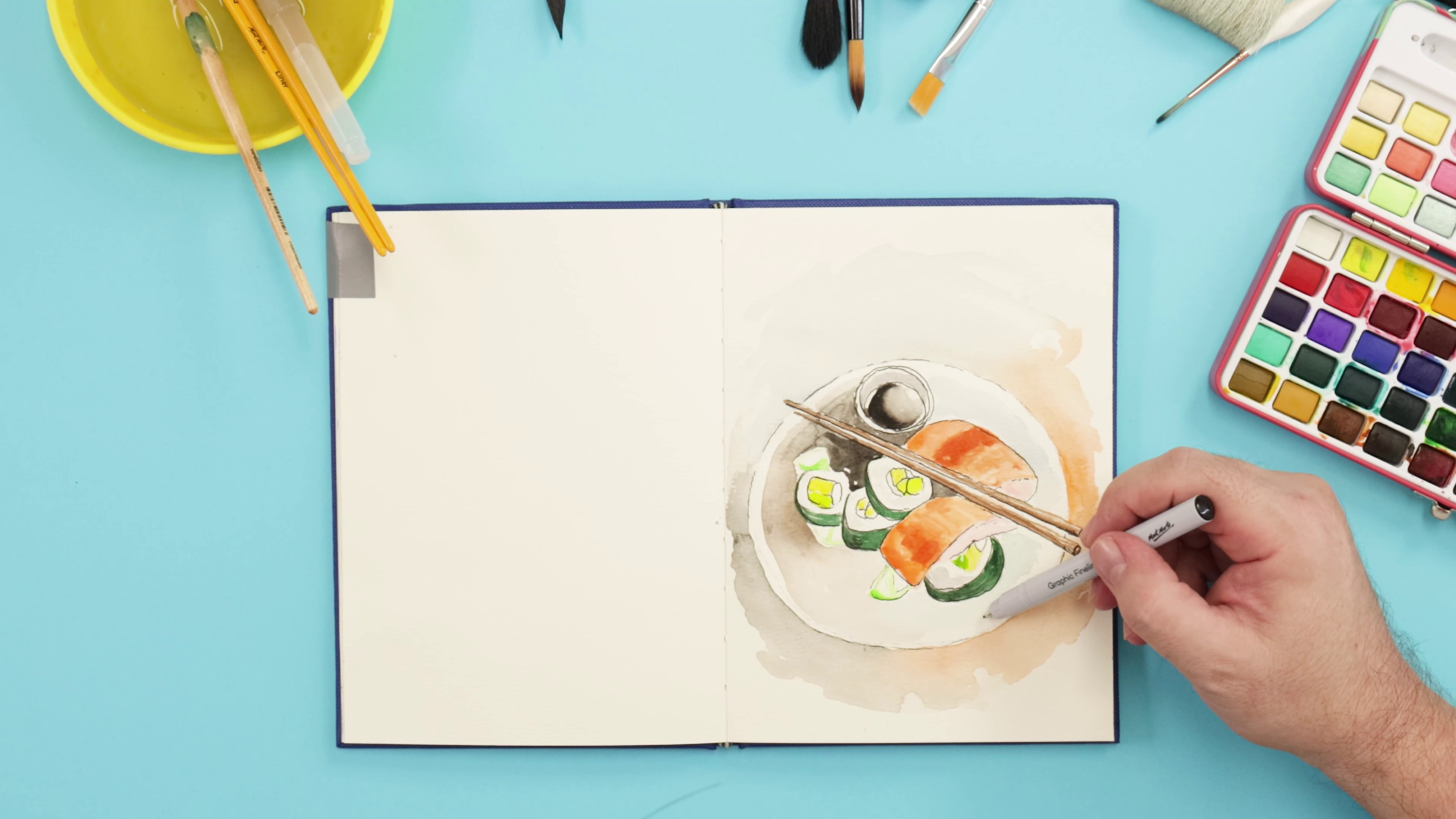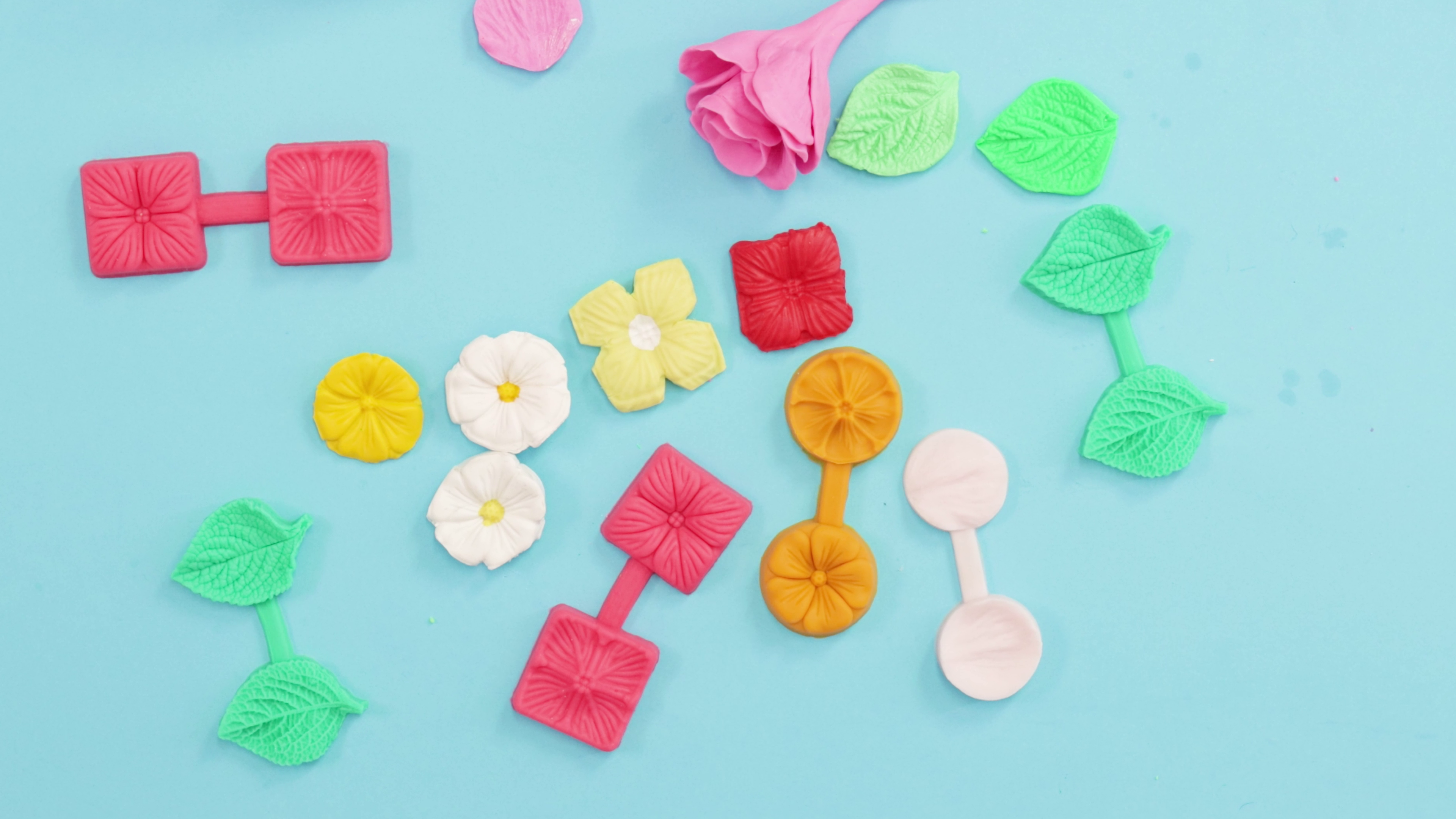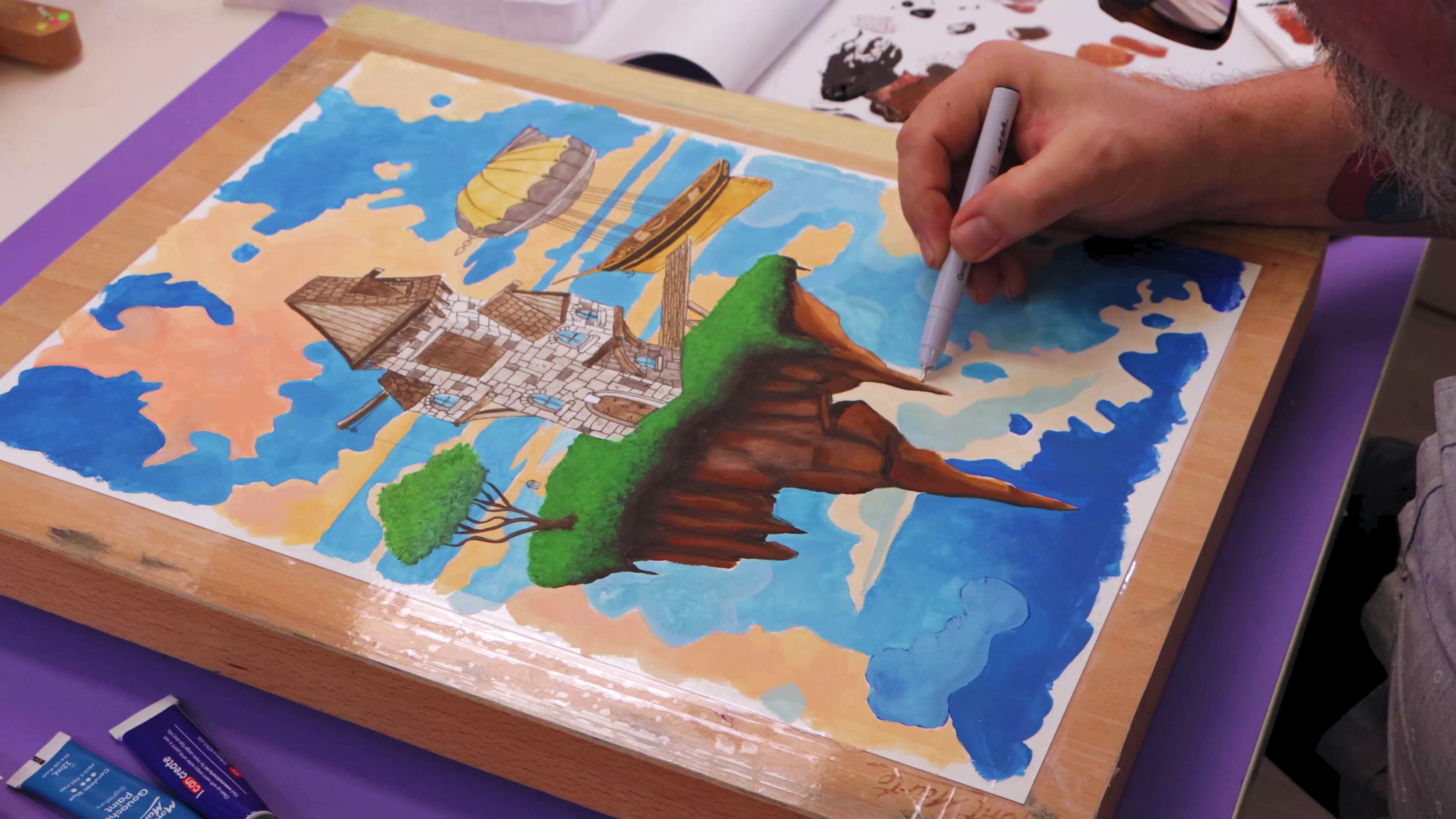Create a marine turtle painting with water mixable oils
In this lesson Joe paints a beautiful marine turtle using Mont Marte Water Mixable Oils. We cover many interesting techniques, including how to portray realistic palm trees in a skyline, underpainting, and how to suggest reflections in water.
How to paint a Marine Turtle in Water Mixable Oil Paints
The materials for this lesson can be found at a Gold or above art centre. Go to to find the one nearest to you. MAMD0006 Mont Marte Satin Water Mixable Linseed oil MPOW0001 Mont Marte Water Mixable Oil Titanium White MPOW0002 Mont Marte Water Mixable Oil Zinc White MPOW0003 Mont Marte Water Mixable Oil Flesh MPOW0004 Mont Marte Water Mixable Oil Lemon Yellow MPOW0005 Mont Marte Water Mixable Oil Mid Yellow MPOW0010 Mont Marte Water Mixable Oil Vermillion MPOWOO21 Mont Marte Water Mixable Oil Sky Blue MPOW0023 Mont Marte Water Mixable Oil Cobalt Blue MPOW0026 Mont Marte Water Mixable Oil Phthalo Blue MPOW0031 Mont Marte Water Mixable Oil Olive Green MPOW0035 Mont Marte Water Mixable Oil Burnt Sienna MPOW0039 Mont Marte Water Mixable Oil Paynes Grey MPOW0042 Mont Marte Water Mixable Oil Ivory Black MCG0059 Mont Marte Palette Knife #4 MAXX0019 Mont Marte Plastic Brush Washer MAPL0002 Mont Marte Easy Clean Wood Palette BMHS0004 Mont Marte Oil Brush Set BMHS0004 Mont Marte Gallery Series Brush Set MPB0056 Mont Marte Flat Wide Taklon Also Required : Water Paper Towels Materials Lis t . . .
Step 1. Transferring the image Print out the image on page 6. Using a HB Pencil transfer the line work as closely to the original as you can. Alternatively you can use an over head projector or create a grid system and transfer it that way. What ever method you use, don’t start on the next step until you are happy with your transferred drawing. Step 2. Tinting the canvas Tinting a canvas provides the overlaid colours with a warmth. For this project the tint colour is a Burnt Sienna. So squeeze some Burnt Sienna out and add Water Mixable Linseed Oil to the paint so it is the viscosity of milk, and apply it over the whole canvas. Let this dry. There is a bit of waiting around for paint to dry with Oil Paints. If you are time poor, the tint and the trees in Paynes Grey can be laid in with Acrylic Paint. 1 2
Step 3. Laying in the background The background is comprised of the sky, tree line and the water. The trees are the first step in this stage. So squeeze out some Paynes Grey. Paint in the silhouette along the skyline using a Small Flat Brush. Let this Dry. Ensure you get the palm fronds nice and sharp and don't make them too uniform. Next, create a mix of 1 part Cobalt Blue to 2 parts Zinc White. Paint this into the top portion of the sky. Into this mix, add another 1 part Zinc White and paint this below the top colour. Add 1 more part to the mix and lay this below the second tone. The last tone is Pure Zinc White. Lay this up to the previous layer and cut around the trees. Once all the sky is laid in, blend the colours together with a clean dry brush. For the vegetation squeeze out some Olive Green and Lemon Yellow. Use a Filbert to dry brush the Yellow into the Paynes Grey silhouette. Leave some of the Paynes Grey to show through in parts. Wet in wet blend the Lemon Yellow into the Olive Green to create some realistic colour variation. Finally add some small areas of Zinc White into areas of the foliage to suggest light filtering through the fronds. For the water, squeeze out some Sky Blue and add some Titanium White and paint in the thin water level line. Next squeeze out some more Sky Blue and add a touch of Cobalt Blue and paint this into the top left hand side of the water under the water line. Add some White and paint this into the right hand side of the water. Add more Titanium White and apply it into the bottom portion of the canvas, and the surface of the water. Once the tones are all in, blend them so the colours all transition nicely. Finally blend some Sap Green into the surface. 55 55 Under painting is what provides the piece with a depth of colour. Refer to page to page 8 for clarification of exact colour placement. Ensure any of the mixes in this step are thin enough that when applied so the drawing can still be seen. First squeeze out some Olive Green add a touch of White, Ivory Black and thin it to the viscosity of cream and then paint it onto the top of the head, top of the shell , the underside of the body, underside of the flippers and the underside of the neck. Apply the paint darker to the underside of the neck. Squeeze out some Vermilion, add some medium and paint it into the side of the face under the beak and slightly down the neck. Paint this in below the shell and under the base of the neck also. Squeeze out some Flesh Tint add some medium and paint in the flippers and face. The last stage is to paint some Medium Yellow into the side of the neck. Step 4. Under painting the turtle 3 3 4
Step 4. Under painting the turtle continued Step 5. Top coating the turtle When painting with oil paint, one generally paints from dark to light. This step can be thought of in 2 stages. Refer to the bottom image in page 8 for guidance on any exact colour placement. Part 1: Start with Ivory Black and Paynes Grey and paint in the eye, around the eye, and then lay in the markings on the side of the cheek and down the neck. Paint in the patterning on the flipper and lay in a block of Ivory Black under the neck and up to the other flipper. Paint the markings on the right flipper and then paint the markings on the two rear flippers. Soften the dark tone into the white so there is a transition. Create a mid Grey from Titanium White and Paynes Grey and paint it into the topside of the neck. When you apply this tone follow the direction of the neck and carry it into the side of the neck to suggest wrinkles in the skin. Into this tone add a touch of Olive Green and a touch of Paynes grey and paint the resulting colour into the segments of the shell. Scrub some pure Paynes Grey into the edges of the shell to create some variation. Part 2: Now we can add the lights. So squeeze out some Flesh Tint and some Titanium White in equal proportions and add a touch of water so it flows smoothly. Start with the head and paint in the top portion. Paint in between the markings and around the eye and take the colour down to the edge of the beak. Darken the tone with a little more Flesh Tint and lay in the scales under the head. Refer to the image on the last page for guidance on the shape of each scale and how they relate to one another. Continue adding scales down the underside of the head and neck until the Olive under painting block is reached. Create a new mix from Olive Green, Ivory Black and a touch of Titanium White. Ensure this mix is a few While the Medium Yellow is on the brush scrub it into the side of the shell, edge of the flippers and into the fish also. Add some Medium to the Zinc White and scrub this tone into the front edge of the flippers. Create a transitional blend into the Olive Green tone. The under painting stage of the turtle is finished. Let this dry. Ensure that all paint is dry to the touch before this step is attempted. Once the turtle is dry to the touch, I add a Blue glaze in to the bottom proportion of the canvas. Create this mix from Phthalo Blue mixed with medium to the viscosity of milk and paint it in right up to the turtle with a wide soft brush, and over any fish that may be in this area. If any colour runs into the turtle wipe it with a damp paper towel to remove any colour. 4 5 5
Y ou may like to think about making a mahl stick. A mahl stick allows you to support your working hand. Step 6. Top coating the forground We now have to top coat the fish. Lay the stripes onto the fish with Ivory Black mixed with a touch of water so that the paint flows smoothly. Lay some Lemon Yellow into the rest of the fish. To suggest the reflections on the bottom of the water create a mix from Sky Blue and Titanium White with an equal proportion of Medium. Use a soft Filbert Brush and apply the appropriate shapes by dry brushing and softening the edges. Step 5. Top coating the turtle continued shades lighter than the under painting and lay the tone over the Olive block of the under painting. It is very important to ensure the direction of the scales are followed. The scales under the neck are in deep shadow. Paint these in with a dark grey mixed from Titanium White and Ivory Black. Apply these scales in small dabs up to each flipper and to the bottom part of the shell. Suggest the individual segments of the bottom portion of the shell and then lay a highlight of pure Zinc White on the edge of each segment. Dry brush some Medium Yellow in to the shell and side of the neck. Use some more of the mix for the scales under the neck and paint it into the area between the markings on the flippers and then paint it into the area between the segments of the shell. 5 6
Material List
- Water Mixable Oil Paint 37ml (1.25oz) - Vermillion
- Water Mixable Oil Paint 37ml (1.25oz) - Yellow Mid
- Water Mixable Oil Paint 37ml (1.25oz) - Lemon Yellow
- Water Mixable Oil Paint 37ml (1.25oz) - Flesh
- Water Mixable Oil Paint 37ml (1.25oz) - Titanium White
- Water Mixable Oil Paint 37ml (1.25oz) - Zinc White
- Water Mixable Oil Paint 37ml (1.25oz) - Sky Blue
- Water Mixable Oil Paint 37ml (1.25oz) - Cobalt Blue
- Water Mixable Oil Paint 37ml (1.25oz) - Phthalo Blue
- Water Mixable Oil Paint 37ml (1.25oz) - Burnt Sienna
- Water Mixable Oil Paint 37ml (1.25oz) - Paynes Grey
- Water Mixable Oil Paint 37ml (1.25oz) - Ivory Black
- Plastic Brush Washer Signature
- Acrylic Brushes Signature 6pc
- Oil Brush Set Premium 7pc
- Double Thick Canvas Premium 60.9 x 91.4cm (24 x 36in)
- Palette Knife Signature No.4


